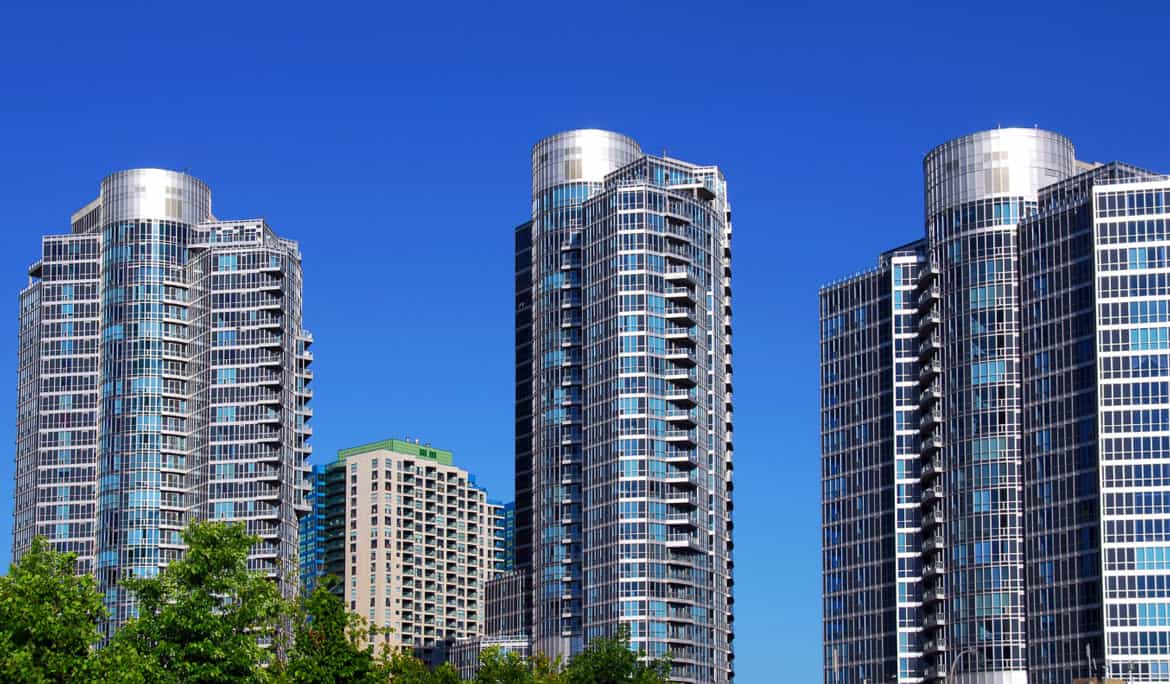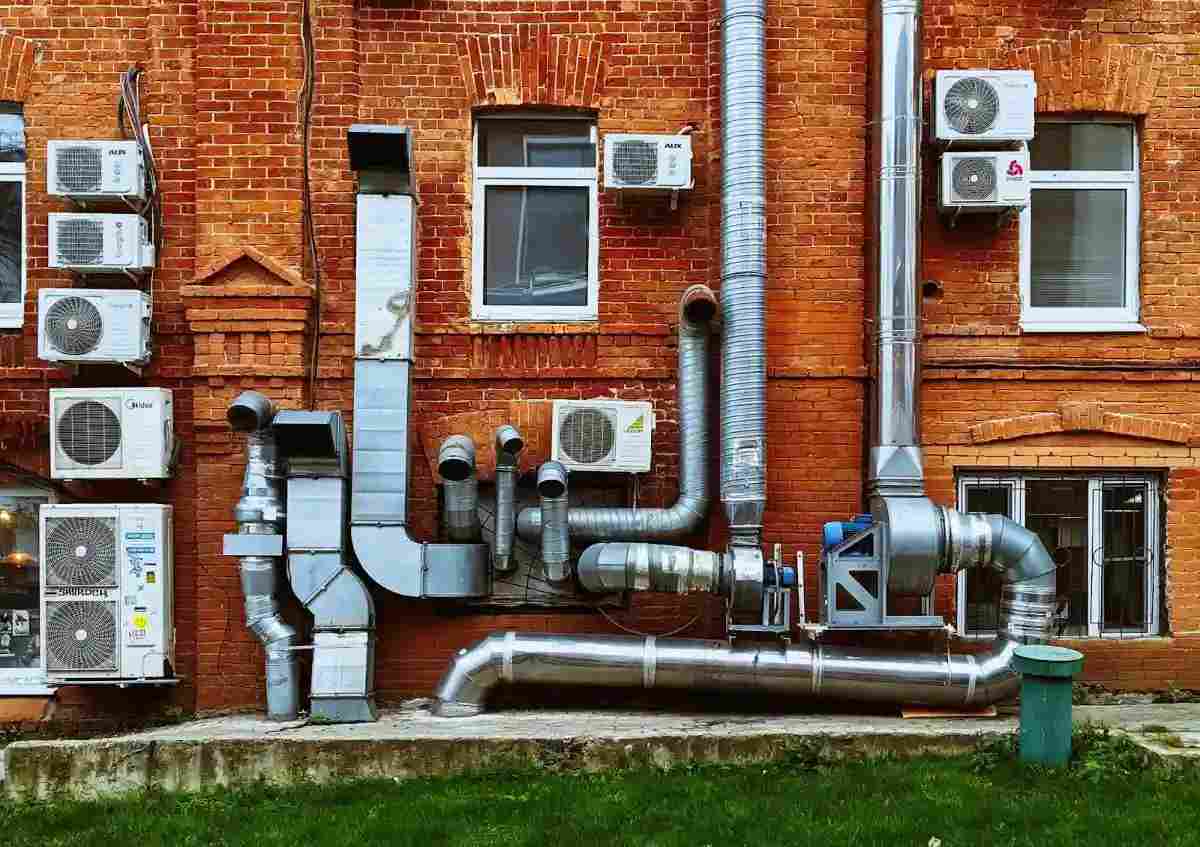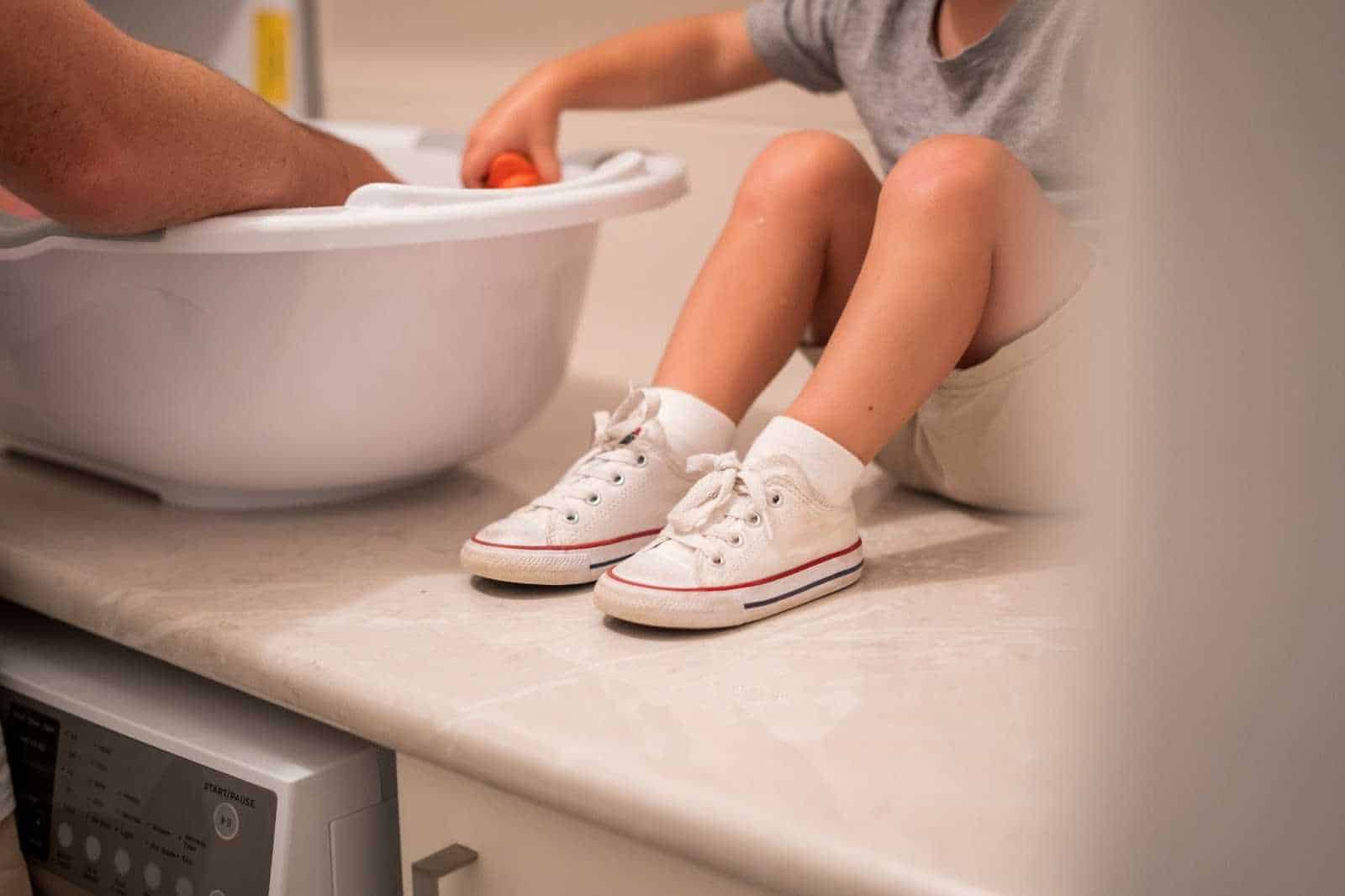California's 2022 Building Energy Efficiency Standards: Decoding What's New and Their Impact
Every 3 years, the California Energy Commission (CEC) makes changes to their Building Energy Efficiency Standards, otherwise known as the Energy...
Floor, wall and ceiling mounted to meet your unique project design.
In this blog, you’ll learn about recent interpretations of the ASHRAE 62.1 standard, how it applies to ventilation, and the impact on different spaces, like Class 1 spaces for patient care.
The 62.1 standard, originally published as Standard 62 in The ASHRAE 62.1 standard is critical to follow because of its focus: Along with the 62.2 standard, both determine ventilation system design, as well as acceptable indoor air quality (IAQ). Most recently revised in 2019, the ASHRAE standard 62.1, as well as 62.2, spotlights ways to minimize adverse health effects for building occupants.1973, is intended to improve IAQ in the built environment. In 62.1, it spotlights minimum ventilation rates and other ventilation specifications to minimize potential adverse health effects on people. In the first revision since 2004, the 62.1 standard now features three designs for ventilation:
The ASHRAE 62.1 indoor air quality procedure, more efficient than the manual Ventilation Rate Procedure (VRP), allows designers to use indoor air cleaning to help reduce contaminants. This might include technologies like HLR modules, and reducing the heating and cooling demand on existing systems.
In the latest interpretations of 62.1 provided by ASHRAE, ventilation for acceptable indoor environments was updated to re-emphasize that SARS-CoV-2 is covered under micro-organisms in the 2019 revision, but that ventilation designers should plan with extra attention paid to the dangers of COVID, along with meeting minimum requirements.
Another revision of the ASHRAE 62.1 standard covers an update of Table 6-1, in which Minimum Ventilations Rates in Breathing Zone only applies to outpatient healthcare facilities—none of the other categories, If you need additional information, refer to Informative Appendix I for the typical contaminants.
Another key interpretation of 62.1 is for section 5.10, specifies that no individual dew point sensors need to be present near a central system. In this section, types of dew point sensors are not specified, and neither are the total numbers needed.
As for ASHRAE 62.2 ventilation requirements, you should be aware that in the updated version, there has been a distinction made between balanced and unbalanced system interactions with infiltration.
One interpretation of the 62.2 standard specifies that air quality in residential buildings needs to be facilitated by outdoor air. Historically, confusion has risen pertaining to multi-family homes, in which exhaust systems, when used in attached dwelling units, actually meet the criteria set by Section 4.1.
The 2019 interpretation states that for attached dwellings that comply with Section 4.1, air from nearby spaces cannot be used toward the outdoor air requirement of this section.
In another interpretation of 62.2, residential mechanical exhaust systems compliant with section 4.1.1 do not need to specify the source of ventilation air—assuming all other requirements are met. Additionally, air that comes from adjoining spaces, through cracks and similar gaps, counts as infiltration, regardless if it meets the credit of infiltration in Section 4.1.2.
Both 62.1 and 62.2 pertain to minimizing the impact of air quality on the health of human occupancy. When thinking about indoor air, there are four classes you should be aware of:
Class 4 is found in commercial kitchen exhaust and lab exhaust, for example, whereas Class 3 is found in janitor’s closets.
Many ventilation systems designers will likely be familiar with ASHRAE 62.1 class 1 and 2 air, and understand the importance of keeping high-quality air in spaces where occupants spend most of their time. Mitigating pollutant sources is also essential in keeping air in the top-class range.
| Learn how high-quality ventilation helps you breathe easier with these blogs: |
AirFixture, deploying several hundred underfloor ventilation air distribution (UFAD) systems over the last 15 years, provides cost-effective solutions that improve indoor air quality. AirFixture works with you to address potential air-quality concerns and ensures your ventilation is up to specifications.
Contact a UFAD expert today. Breathe easier tomorrow.
Source: Kelli McClintock
Featured Photo Source: Marcel Scholte
Every 3 years, the California Energy Commission (CEC) makes changes to their Building Energy Efficiency Standards, otherwise known as the Energy...

Be it due to different use cases, a myriad of local regulations, and the emergence of industry standards (such as LEED), the ‘standard’ for high rise...

Credit: Drew Beamer
